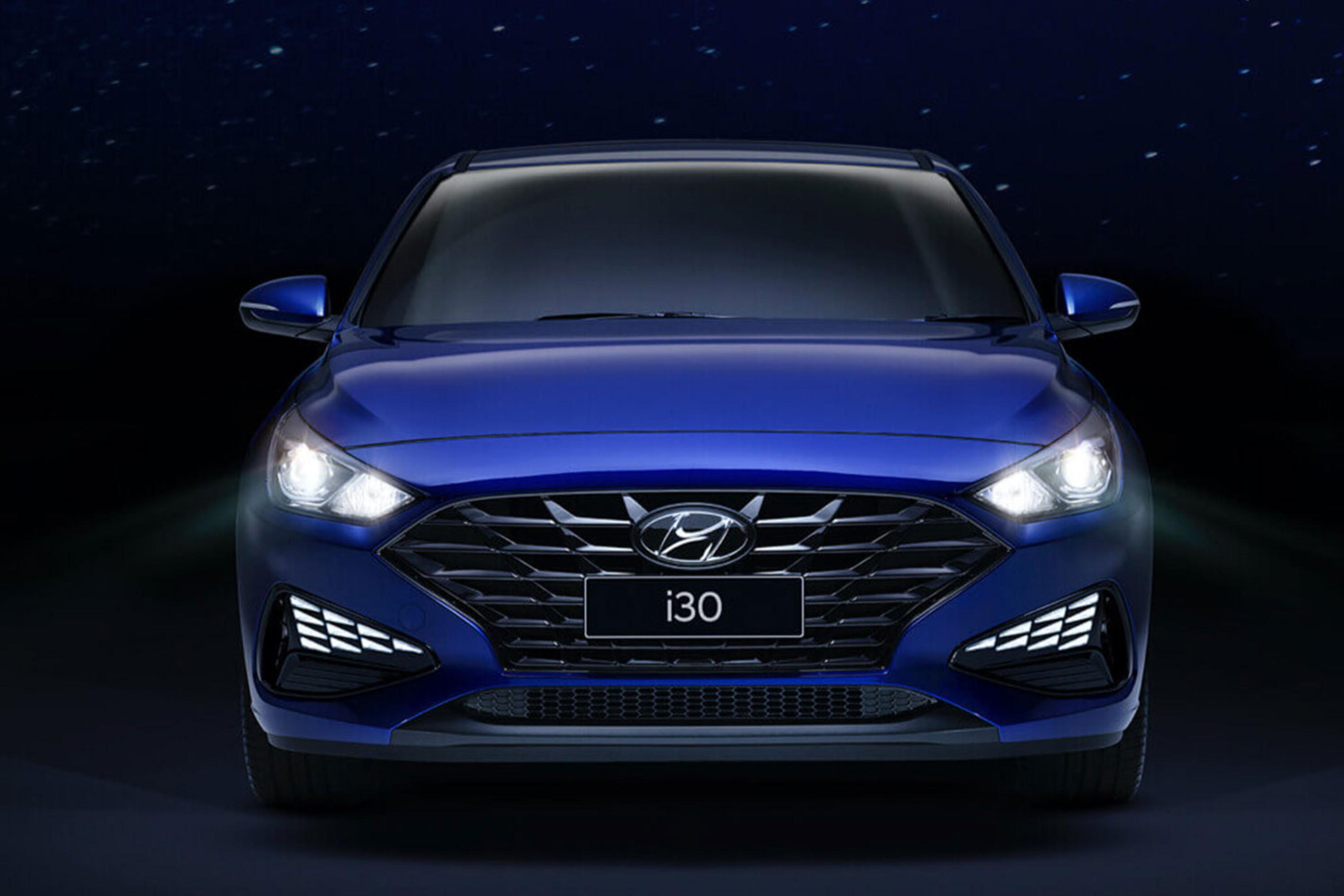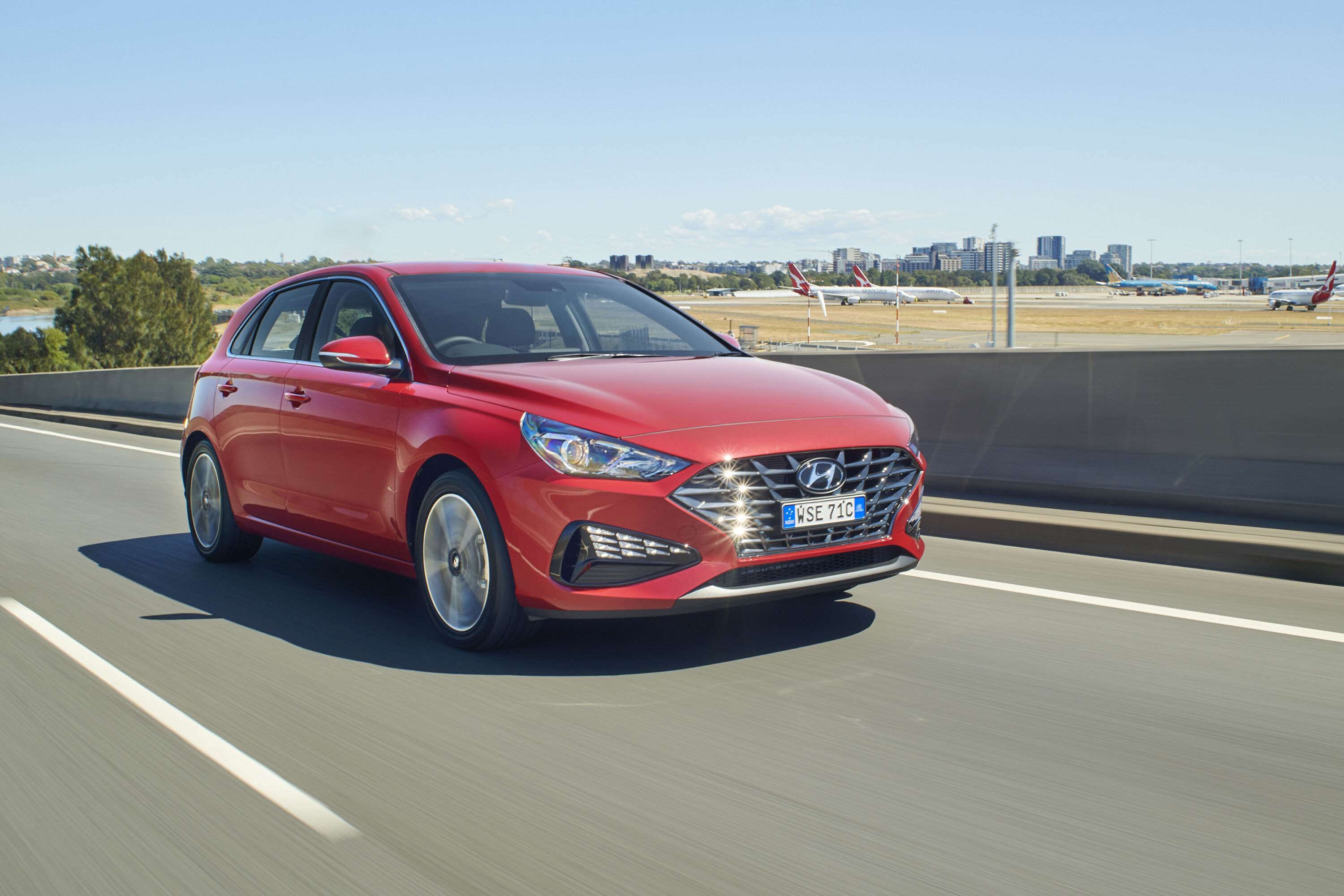
Snapshot
- i30 production moving to Europe, delays = stop sale
- 48V Mild-hybrid engines likely
- Euro builds will introduce second facelift
The popular Hyundai i30 hatch will shortly be unavailable in Australia for the first time since the badge appeared here in 2007, thanks to delays in a transition to European production.
In its third-generation form, Australia-bound examples of the ‘PD’ i30 hatch are built in Korea. In fact, ours is the last foreign market to take i30 hatch from Korea, with others now taking supply from Czech Republic and Algeria.
That’s about to change, with Australian supply shifting to the Czech plant in 2024, where we currently source the hot i30 N hatch – but not as early as the brand’s local arm had planned. Speaking with media in Melbourne this week, Hyundai Australia chief operating officer John Kett said an unexpected delay will result in a brief pause on sales.

“The initial plan was always to end production in Korea and start producing in Europe by Q1 (first quarter), maybe April,” Mr Kett said.
“The problem is that ‘April’ has moved to, can I say, June or July. But the deadline of closing out the factory in Korea hasn’t moved. So we’ll stop producing the i30 in Korea, in December. We’ll stop selling it, as in retail delivering it, in March.”
Mr Kett said the sales stop is only occurring because the company has now sold through its stock and production allocation into the first quarter of 2024.
“So the bulletin will be going out to let the network know that you can’t take any more orders until probably somewhere close to May, June, or July of next year.”
A second facelift, and mild-hybrid power
The i30 hatch we’ll take from Europe will be a facelifted car, marking its second makeover since getting a fresh face in 2020 – three years after its initial launch. That update brought little in the way of interior changes – and we never got the exterior change to the N-Line hatch – but this coming redesign should improve on both points.
We’ll also get some new engines, although the specifics are still to be confirmed.
“There’ll be a slight powertrain change to it,” Mr Kett said. In emissions-restricted Europe, the i30 Hatch range opens with an 88kW/172kW 1.0-litre turbo petrol three-cylinder engine matched to a 48V mild-hybrid system, growing to a 48V mild-hybrid 117kW/253Nm 1.5-litre turbo petrol four in the N-Line models.
The latter is surely to disappoint local ‘warm performance’ fans on budgets too tight for the full-bottle N, with the current 1.6 petrol turbo i30 N-Line hatch producing 150kW and 265Nm.
More European, more expensive
A switch to European production will likely make the i30 hatch a more expensive proposition – it currently starts from $24,000 as a manual and $26k for the base auto – but the local arm does not yet have a clear view on where pricing will land, except that it will be “challenging”.
“I think, depending on the exchange (rate), whether we can access the same price points or not is probably challenging. So we’re just going through that process at the moment,” Mr Kett said. “When we first planned that (the shift to Europe production), the exchange rates were a bit different.”
While the i30 hatch is paused in Australia, the company’s dealer network will steer buyers towards the newly arrived second-generation Kona – although the point of entry into that now larger ‘small’ SUV is up $5100 over the previous model, to a new $32,000 base.
For those not willing to throw another $5k at their purchase, there’s the compact Venue SUV, which starts at $21,990 as a manual and $23,900 with an auto. The i30 sedan, which rides on a newer platform than the i30 hatch, starts at $26,000.
Hyundai Australia will of course be hoping that buyers don’t instead turn to the related Kia Cerato, although that would likely make Korea happier than losing them to a Corolla or Mazda 3.




